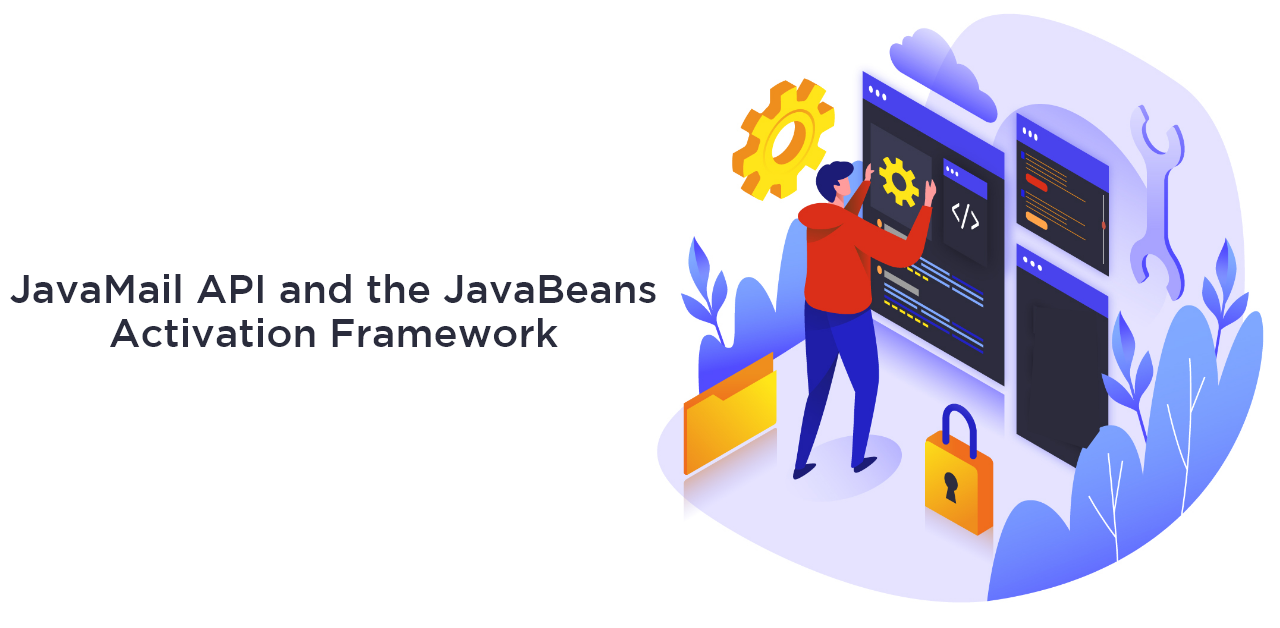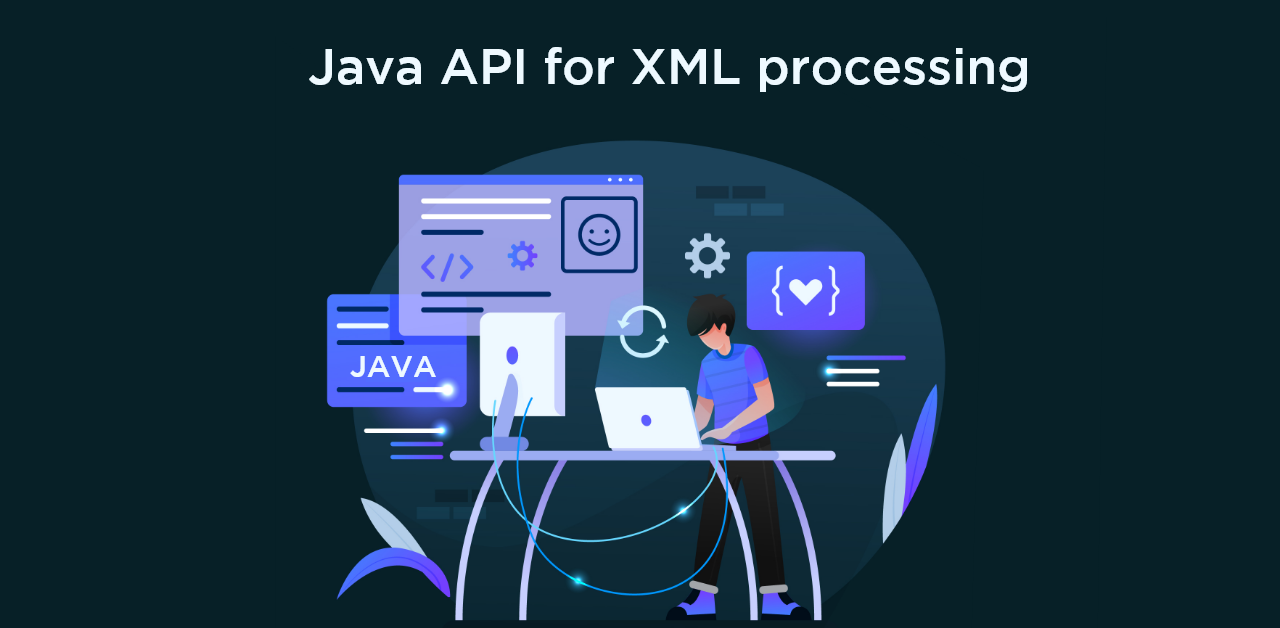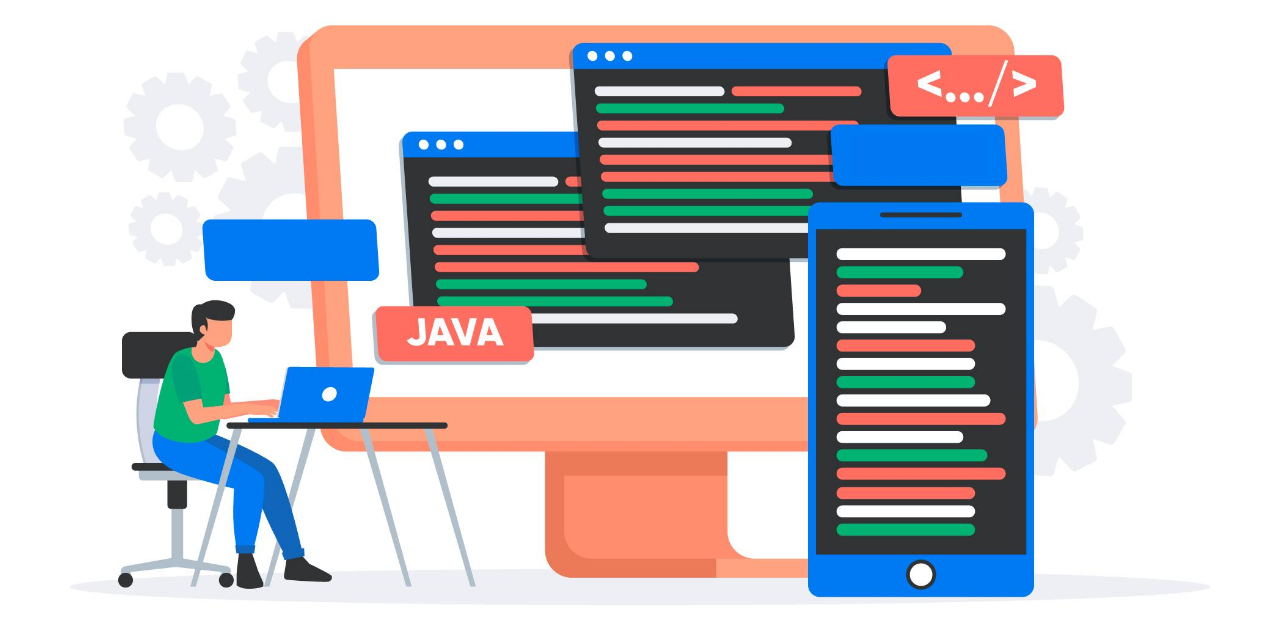5 Java Technologies Every Fresher Should Know
Posted on December 26, 2022 at 01:11 PM

Do you know that the Android operating system from Google uses Java APIs, making Java practically run on 1 billion and more smartphones today?
According to the website tiobe.com, which tracks programming languages’ popularity, Java is currently ranked 2nd among all programming languages.
Globally, there are about 9 million Java programmers. As a result, businesses need help figuring out where to look for expertise when hiring professional Java developers.
There are around 79618 Java developer job vacancies in India on Naukri.com. And Java developer salaries in India range from 1.8 lakhs to ₹ 9.0 lakhs, with an average annual salary of ₹ 4.2 lakhs.
Suppose you are a fresher looking forward to entering the world of Java, in that case, you must read the blog to know the top 5 technologies you should know as an aspiring Java developer.
What are the 5 Java technologies every budding Java developer should know?
Here, we have listed the Java technologies that every Java developer should know. Kindly read the section carefully and incorporate these Java technologies into your skillset.
1. The JavaMail API and the JavaBeans Activation Framework

The JavaMail API allows web applications to send email alerts. The API comprises two components: the service provider’s interface and the application-level interface used by program components to send emails.
Service providers use email protocols like SMTP (Simple Mail Transfer Protocol). The JavaMail API package comes with several service providers, and some are sold separately.
Parts of the application can send emails thanks to the JavaMail extension, which is part of the Java EE forum. You can utilize the JavaBeans Activation Framework (JAF) API by integrating it with the JavaMail extension.
To complete those tasks, this API offers standard services to identify the kind of incorrect data, gather access to it, place the services that are accessible to it, and create a suitable component based on creating a JavaBeans component (JavaBeans component).
2. Java API for XML processing

Java web development involves many XML (Extensible Markup Language) processing. The Simple API supports it for XML (SAX), the Document Object Model (DOM), and the XSLT API in the Java API for XML Processing (JAXP) (Extensible Stylesheet Language Transformation).
Without XML processing functionality, JAXP converts and analyzes XML documents for applications.
Additionally, it offers namespace support, enabling your application to function with competing word schemes. It supports the W3C schema, is highly customizable, and allows you to use XML and XSL-compliant processors in your application.
3. Java Message Service API
You are already aware of the value of communicating, whether it be between individuals or between programs or applications. Peer-to-peer communication is the primary focus of the messaging system throughout the software.
The messaging client, in short, sends messages to recipients and receives messages from other clients.
In this scenario, each client establishes a connection with a message agent, who helps with message creation, sending, receiving, and reading. A Java technology platform called the Java Messaging Service API solves the issue of client-to-client communication and serves its intended purpose.
Enterprise messaging is a flexible, reliable method of exchanging data throughout the business. The development of portable messaging applications in Java is made possible by the JMS API, which enhances this functionality, and the provider framework.
Furthermore, perception plays a role in how you will use the JMS. One method is to continue using it for creative monitoring.
4. JDBC API

JDBC, or the Java Database Connectivity API, is very well-liked, and most developers know how crucial JDBC is for creating web applications. It is because JDBC enables Java programs to issue SQL commands to databases.
You can request the JDBC API in a servlet, JSP page, or enterprise bean without additional restrictions. Application-level interface and service provider interface are the two parts that makeup JDBC.
The server provider integrates the Java Database Connectivity driver into the Java enterprise platform. Application components access the database using an application-level interface.
5. Java Server Pages Technology
Developers love Java Server Pages (JSP) technology because it makes it simple and quick to enhance dynamic web content. The creation of standalone web applications and web platforms proceeds quickly as a result.
You can also make JSP developer-friendly by including a small servlet code in the app’s text document. JSP pages, which are text-based documents, also contain the following types of text:
XML, HTML, and WML are just a few text formats that can express static data. JSP Technology entirely controls the development of dynamic content for a web page.
The javax. Servlet.jsp, javax.servlet.jsp.el, javax.el, and javax.servlet.jsp.tagexta packages are used to build JSP pages. You must, however, import them directly. Snipped JSP code and extensions can make it very simple to create a web application with JSP.
You can create web pages using JSP technology by employing single captions and inserting them into the header.html file, which describes site navigation.
You only need to alter one file to change a button or link. It will be automatically updated throughout the entire website.
The Java program development company asserts that JSP is the best technology for developing effective web content, including forms, surveys, and more.
JavaServer Pages Standard Tag Library
Many JSP-based applications share core functionality integrated into the JavaServer Pages Standard Tag Library (JSTL). You use a single set of tags from one vendor instead of combining tags from different vendors in your applications.
The tag implementation will likely be improved with this configuration. It is because this configuration enables one to run one’s applications on any JSP container that supports JSTL.
In addition, to duplicate tags and conditional tags for flow control, JSTL has global tags, tags for deciphering XML documents, tags for using SQL to access websites, and tags for frequently used functions.
Javax.servlet.jsp.jstl.core, javax.servlet.jsp.jstl.fmt, javax.servlet.jsp.jstl.sql, and javax.servlet.jsp.jstl.tlv are the packages you can access using JSTL.
Conclusion
These are the leading Java technologies that every Java developer fresher must know. It does not matter whether you are new to the industry or you are scared; remember that every competent Java programmer or developer you meet today was once in your position. And one day, you will be able to use these Java technologies easily.
We have one more tip for you, and that is to look into Java internships! Yes, you read that right. Opting for internships is beneficial for college students, as it lets them explore the world of Java development while learning from their seniors.
Relinns Technologies knows the importance of internships for newcomers and the difficulty transitioning from the college environment to the corporate world.
If you want to improve your skills and learn the practical aspects of Java web development, head to Relinns Technologie to get a chance to intern with Relinns Technologies as a Java programmer or developer.
Related Posts
We could talk tech all day. But we’d like to do things too,
like everything we’ve been promising out here.

